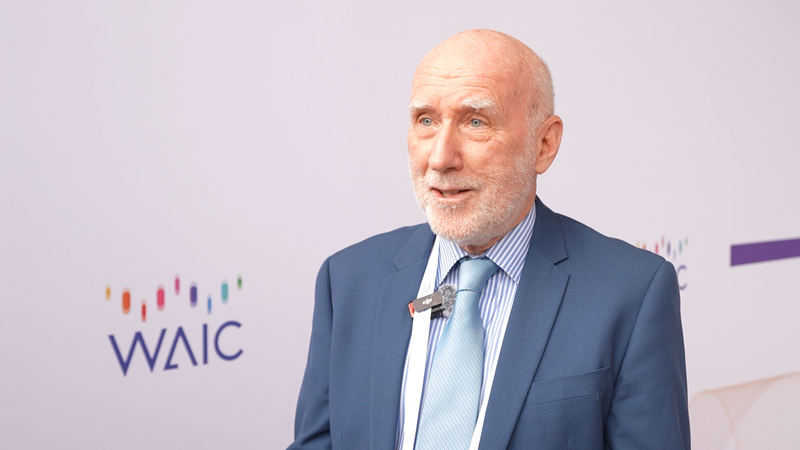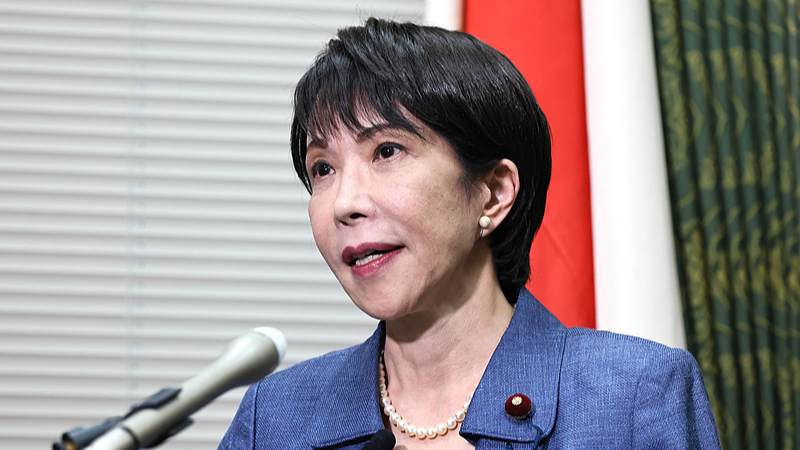As the World Artificial Intelligence Conference wrapped up in Shanghai, Tamás Váradi, PhD, senior research fellow at the Hungarian Research Center for Linguistics, shared Hungary’s bold approach to protecting its unique tongue in the AI revolution.
A Linguistic Island in the AI Ocean
Hungarian, spoken by just 10 million people and unrelated to Indo-European languages, is a true linguistic island. To global developers, it’s a niche market—but Hungary sees opportunity in specialization.
From Data Goldmine to Native Models
In the early 2020s, Váradi’s team pivoted to neural deep learning. Today, they boast the largest curated, cleaned and deduplicated training corpus for Hungarian. Their first native models launched two weeks before ChatGPT, trained on 32 billion Hungarian words versus GPT-3’s 128 million.
Navigating the Storm of Multilingual Giants
New multilingual models from Meta and Chinese companies scaled up pre-training to the point that even a 0.006% share translates to 40 billion Hungarian words. This surge highlights both the promise and the pressure of competing with tech giants.
Cultural Confidence in Curated Corpora
Váradi emphasizes that global models lack the nuanced expertise to handle individual languages. By harvesting data from libraries, repositories and the internet, Hungary’s team ensures full control over how Hungarian culture and identity are represented.
Local Guardians of Linguistic Diversity
Váradi asserts that preserving linguistic diversity is a local mission. As AI evolves at lightning speed, Hungary’s strategy offers a blueprint for smaller languages to thrive—combining deep data, cultural insight and community-driven stewardship.
Reference(s):
Hungary's quest to preserve linguistic heritage in the age of AI
cgtn.com



